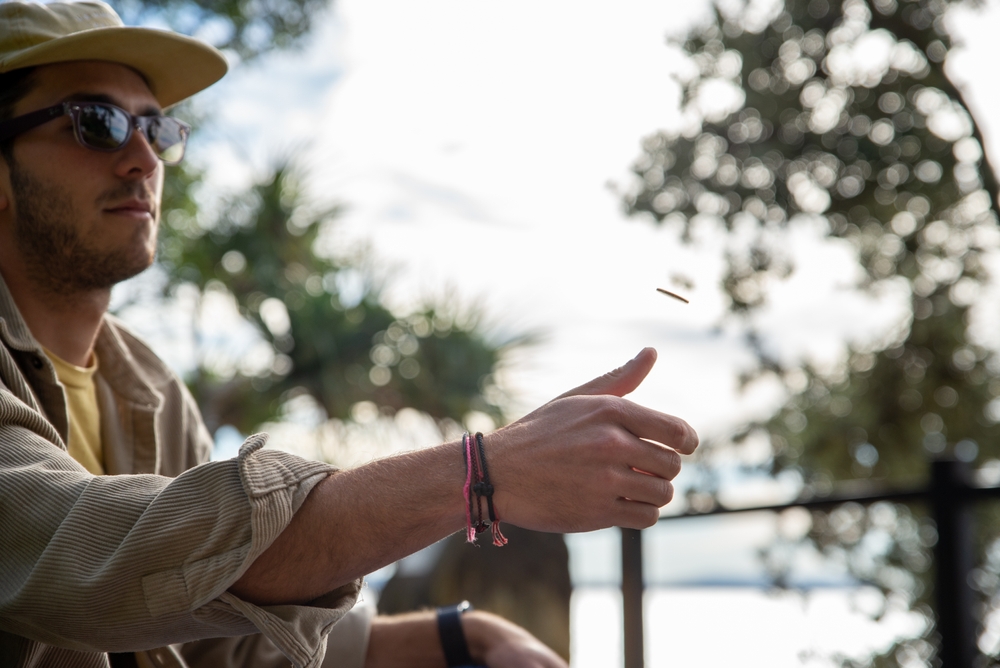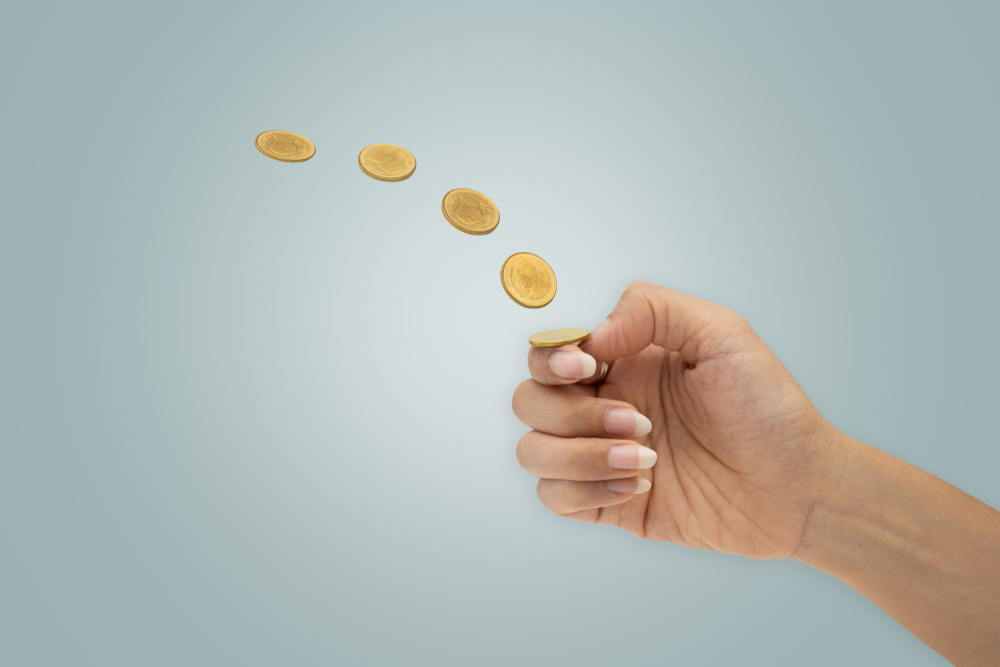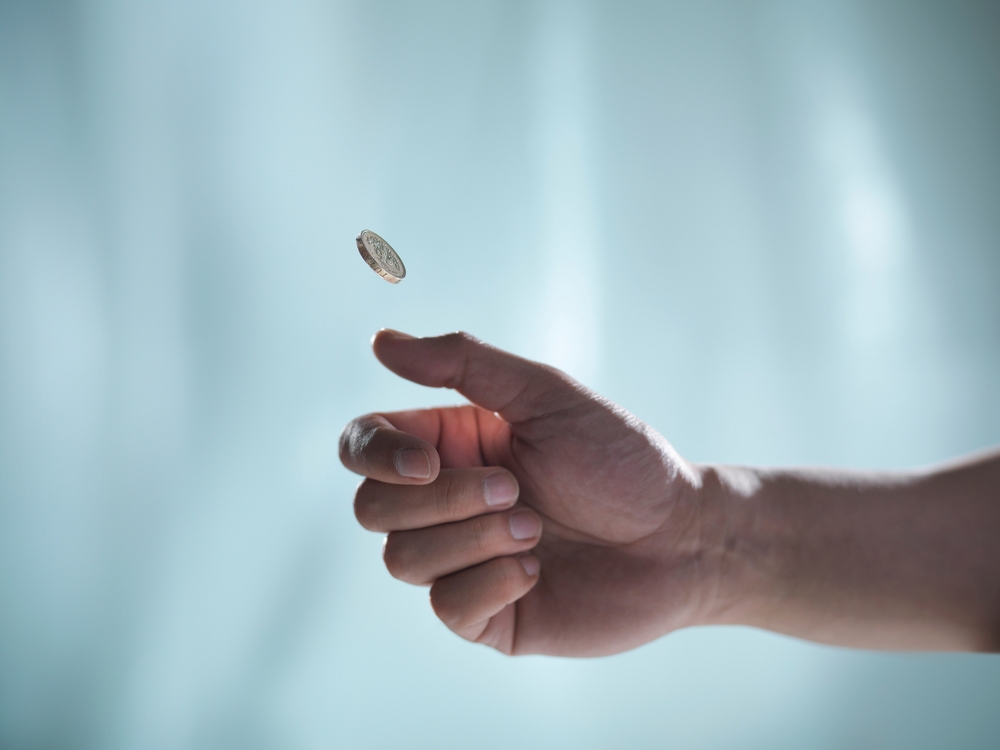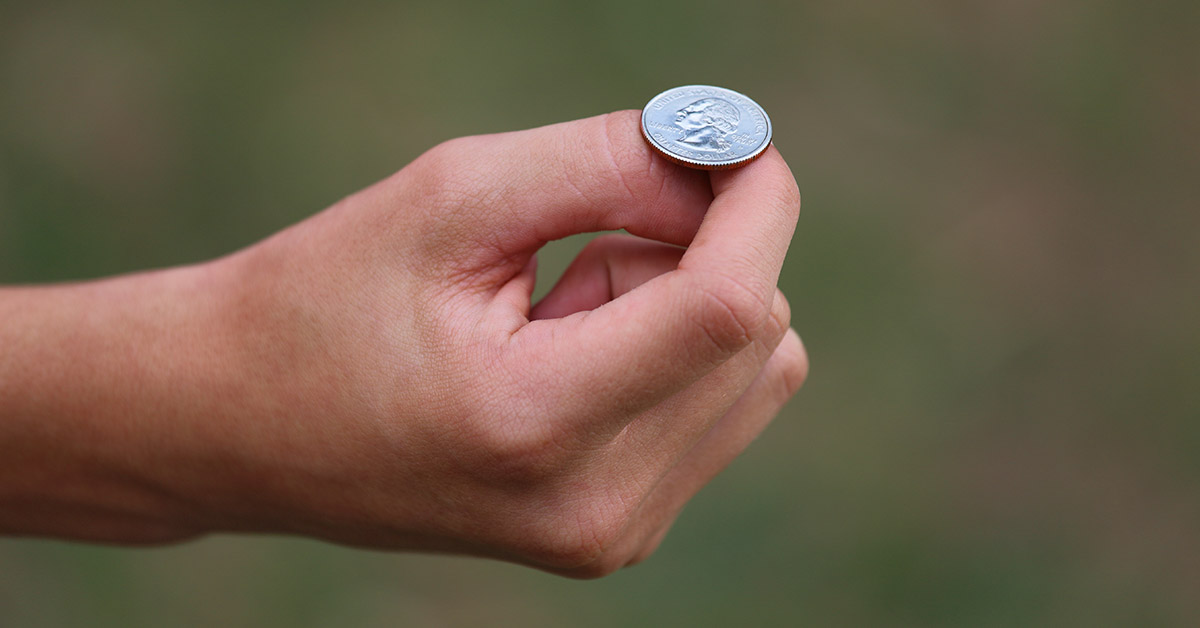This article explores the surprising truth behind the coin toss: they might not be as random as we think. While traditionally considered a 50/50 chance, new research suggests a slight bias towards the side facing upwards when the coin is flipped.
Unfair Advantage: The Science Behind A Coin Toss

The article delves into the physics behind coin flips. Researchers led by mathematician Persi Diaconis theorized that the way we toss a coin introduces a wobble, causing it to spend more time in the air with the initial side facing up. This “same-side bias” increases the chance of the coin landing on the same side it started on.
To validate this theory, a new research team conducted a large-scale experiment. They enlisted 48 participants to flip a staggering 350,757 coins from various currencies. The results? The data confirmed a slight bias, with coins landing on the starting side a surprising 50.8% of the time.
Read More: Here’s What Getting Spanked as a Kid Did to Your Personality, According to Science
The Human Factor: Tossers Can Influence the Outcome

Interestingly, the study revealed significant variation among the participants. Some individuals exhibited a strong same-side bias in their flips, while others showed no such preference. This suggests that the tosser’s technique might subtly influence the outcome.
While the percentage difference seems small, the article explores the potential for a statistical edge over a large number of flips. For instance, knowing the starting side could give you a slight advantage in a hypothetical scenario of 1,000 consecutive coin toss bets.
The article compares this advantage to the casino’s edge in blackjack and roulette, highlighting its relative insignificance for casual coin flips.
Read More: Holding One of These Dime Entitles You to Almost $2 Million
Maintaining Fairness: A Simple Solution

The article acknowledges the importance of fairness in coin flips used for decision-making. It proposes a straightforward solution: conceal the starting position of the coin to ensure a truly random outcome.
In conclusion

This article sheds light on the fascinating science behind coin flips. While not a significant deviation from randomness, the same-side bias offers a glimpse into the subtle factors that can influence chance. The article emphasizes that for practical uses where fairness is paramount, simply hiding the starting side of the coin is the best solution.
Read More: Harvard Math Exam from 1869 Doesn’t Allow You to Use a Calculator and People Are Confused
This content has, in part, been generated with the aid of an artificial intelligence language model. While we strive for accuracy and quality, please note that the information provided may not be entirely error-free or up-to-date. We recommend independently verifying the content and consulting with professionals for specific advice or information. We do not assume any responsibility or liability for the use or interpretation of this content.

